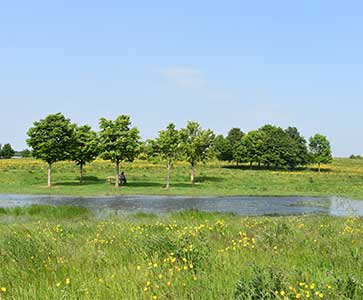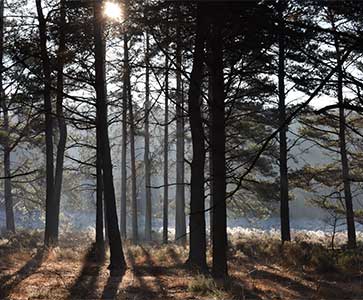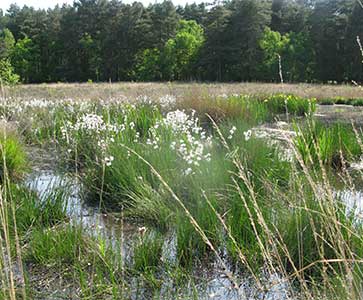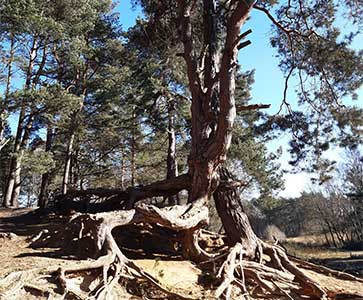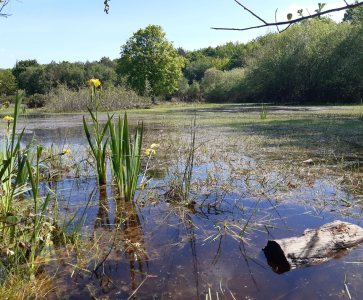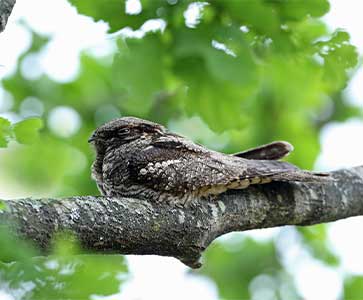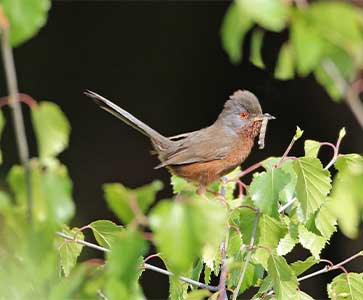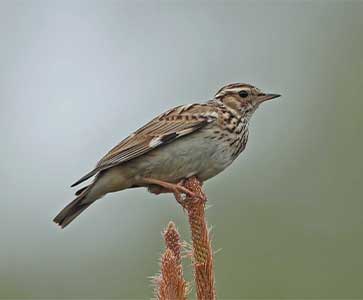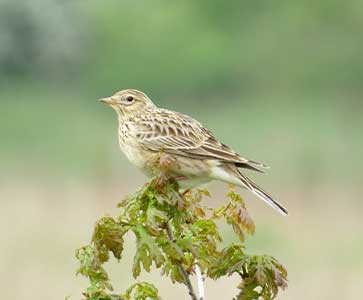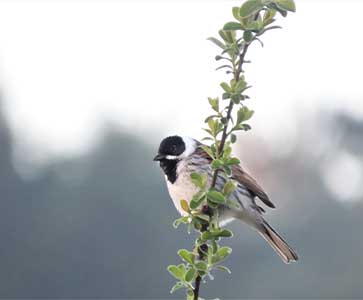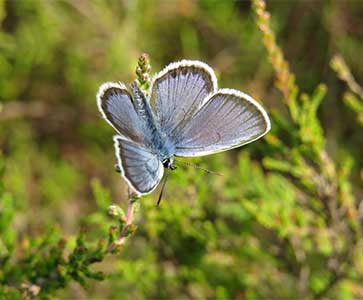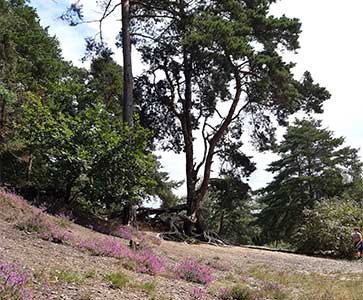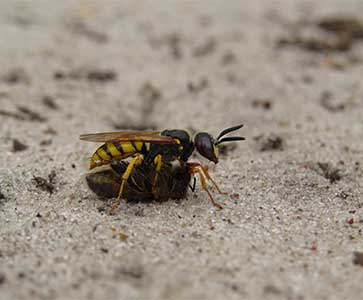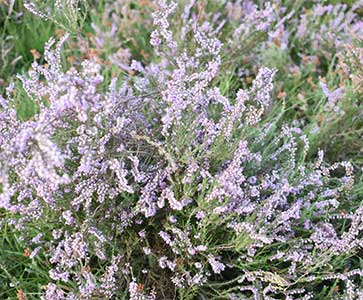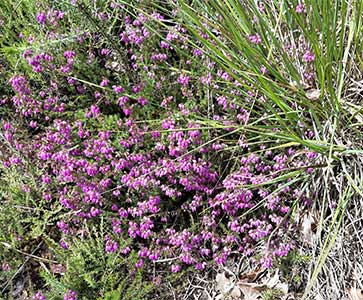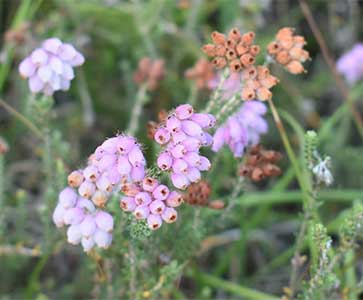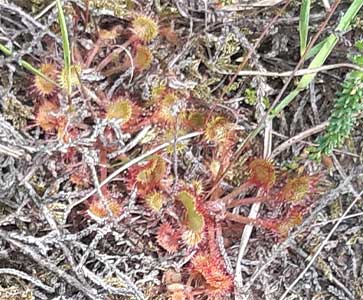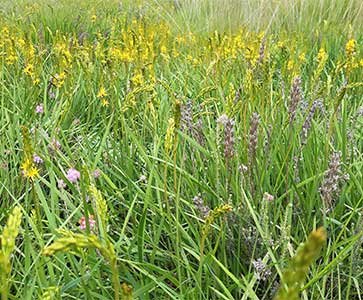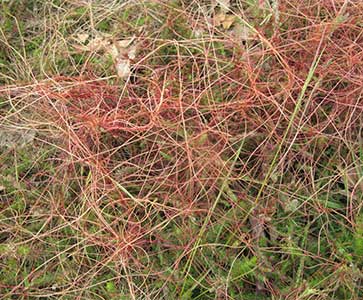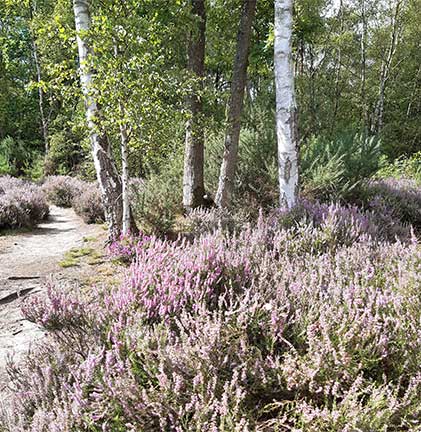Nature and Conservation
Nature and Conservation
Horsell Common, north of Woking, covers 916 acres and of these 375 are a biological Site of Special Scientific Interest. The heathland is part of the Thames Basin Heaths Special Protection Area (SPA) because it supports several rare protected species of birds including the Dartford warbler, the migratory nightjar and the woodlark.
Horsell Common has a rich mosaic of heathland habitats, ranging from open heath and acidic grasses to bog, heathland pools, secondary woodland and scrub. It supports a variety of heathland plants and animals, including several which are local or rare. Natural England has commended Horsell Common for its outstanding wildlife value and improved condition. A large part of the Common has been designated as a Site of Special Scientific Interest (SSSI). The open heathland areas form part of the Thames Basin Heaths Special Protection Area (SPA), under the terms of the European Birds Directive. The Common is of European importance for supporting breeding populations of three bird species: Nightjar, Woodlark and Dartford Warbler. In addition to the heathland, there are meadows by the River Bourne, the wetlands area at Heather Farm and woodlands, all supporting a diverse range of species. HCPS owns and manages the Common, working to maintain and improve these varied habitats, using machinery, cattle grazing and volunteers. At first sight, you might think that there is little wildlife present, but it is actually teeming with life. At least 5,000 different species of invertebrate animals live on heathland.
Click on a photo below to find out more
Horsell Common, north of Woking, covers 916 acres and of these 375 are a biological Site of Special Scientific Interest. The heathland is part of the Thames Basin Heaths Special Protection Area (SPA) because it supports several rare protected species of birds including the Dartford warbler, the migratory nightjar and the woodlark. Stonechats can also be seen on the heathland, often in the same areas favoured by Dartford warblers. The rare woodlark and also the very rare silver-studded blue butterfly favour the short heather and vegetation on grasslands.
Horsell Common is probably one of the richest areas in Surrey for bees, wasps and ants with over 180 species having been recorded, including 15 species of spider-hunting wasps. In 2021, over 40 different species of birds were recorded on Horsell Common. Much of the conservation work on the Common aims to preserve and improve these habitats which support so many diverse species. Please help HCPS in their conservation work by keeping to the main footpaths and tracks. We ask that you keep dogs under control or on a lead during the bird nesting period from March to September as ground nesting birds and their young are easily disturbed.
Find out more by opening the link below created by Thames Basin Heaths Partnership. Their rangers walk the heaths all around the Thames Basin, checking on the wildlife. https://www.tbhpartnership.org.uk/wildlife-gallery/ -.
Click on a photo below to find out more
Membership
Would you like to become a member of Horsell Common? Click below to find out more!



